Growing salad leaves hydroponically is a great place to begin if you are new to growing in hydroponics gardening systems. But it is important to remember that when it comes to salad leaves, things don't need to be boring.
There are plenty of varied lettuces to try this will grow well in hydroponic systems, but thinking beyond lettce too will open up your world and allow you to enjoy extremely varied homegrown salads, wherethatver you live.
Types of Lettuce for Hydroponic Growing Systems
Of course, the go-to choice when it comes to a leafy salad are lettuces. To make your salads more interesting throughout the year, the first thing to do is to explore the many varied lettuce varieties that you might grow hydroponically indoors.
There are an amazing range of lettuce seeds that you might purchase to sow, as well as ready-made mixes to make it easier to get that variety. These are usually divided into the following main categories:

Loose Leaf Lettuces
Loose leaf lettuces are among the easiest and most popular varieties for hydroponic growing. Unlike head-forming lettuces, loose leaf lettuces do not form a central head but instead produce leaves that can be harvested individually. This allows for continuous harvesting over a prolonged period.
Varieties such as 'Oakleaf,' 'Red Sails,' and 'Lollo Rosso' are known for their vibrant colours and tender texture. These lettuces grow quickly and are relatively pest-resistant, making them ideal for indoor hydroponic systems. Their mild taste makes them a versatile addition to salads and other dishes.

Butterhead Lettuces
Butterhead lettuces, also known as Bibb or Boston lettuces, are valued for their tender, sweet leaves and soft texture. These lettuces form loose heads with delicate leaves that are often described as buttery. Varieties like 'Buttercrunch' and 'Tom Thumb' are popular choices for hydroponic cultivation.
Butterhead lettuces require a bit more space compared to loose leaf varieties, but they reward growers with a superior taste and a lush, appealing appearance.
They thrive in hydroponic systems due to their relatively compact growth habit and adaptability to controlled environments.

Cos/ Romaine Lettuces
Cos or Romaine lettuces are characterized by their long, sturdy leaves and crisp texture. These lettuces are a staple in Caesar salads and are known for their slightly bitter flavour that holds up well in salads and sandwiches.
Varieties such as 'Parris Island Cos' and 'Little Gem' are well-suited for hydroponic growing. Romaine lettuces typically take longer to mature than loose leaf and butterhead varieties, but their nutritional benefits and robust texture make them worth the wait. They are also relatively easy to grow hydroponically and can produce high yields in a compact space.

Iceberg/ Crisphead Lettuces
Iceberg or Crisphead lettuces are perhaps the most familiar type, known for their crisp, crunchy texture and mild flavour.
These lettuces form tight, dense heads that can be a bit challenging to grow hydroponically compared to other varieties due to their longer growing period and greater space requirements.
However, varieties like 'Great Lakes' and 'Igloo' can be successfully grown with the right care. Iceberg lettuces are perfect for adding crunch to salads and sandwiches.
By choosing options from some or all of the above categories, you can make your salads a little more interesting even without adding some other salad leaf options.
Other Interesting Salad Leaves to Grow Hydroponically:
To really make salads more interesting and varied, however, you will of course need to branch out from lettuce and think about a range of other leafy greens that you might add to your hydroponic garden.
Here are some of the best options to try, and some tips to help you grow them successfully in your hydroponic garden:

Kale & Collards
Kale and collards are nutrient-dense leafy greens that thrive in hydroponic systems. Varieties like 'Curly Kale,' 'Lacinato Kale,' and 'Georgia Southern Collards' are popular choices. They prefer a pH range of 6.0-7.5 and require moderate to high levels of nutrients, particularly nitrogen.
Kale and collards grow well in a variety of hydroponic systems, including nutrient film technique and deep water culture.
They require strong light and benefit from cool growing conditions, making them ideal for year-round indoor cultivation. Regular harvesting of the outer leaves promotes continuous growth.

Pak Choi
Pak Choi, also known as Bok Choy, is a versatile Asian green that adds a mild, cabbage-like taste to salads. Varieties such as 'Joi Choi' and 'Mei Qing Choi' are suitable for hydroponic growing.
Pak Choi prefers a pH of 6 to 7 and requires a nutrient-rich environment with consistent moisture. It grows quickly, often ready for harvest in as few as 30 days.
This crop can be grown using systems like DWC or NFT, and it benefits from cooler temperatures. Ensuring good airflow and maintaining proper humidity levels helps to prevent fungal issues.

Mustard Leaves
Mustard leaves offer a spicy kick to salads and are easy to grow hydroponically. Varieties like 'Green Wave' and 'Red Giant' are known for their robustness of flavour. They prefer a pH of 6.0-7.5 and require moderate nutrient levels.
Mustard greens thrive in cooler temperatures and can be grown in a range of different hydroponic, aquaponic or aeroponic systems. They are fast-growing, with leaves ready to harvest within a few weeks. Regular harvesting encourages new growth, and their bold taste pairs well with milder greens in salads.

Mizuna & Mibuna
Mizuna and Mibuna are Japanese greens that bring a mild, peppery flavour to salads. Mizuna, with its feathery leaves, and Mibuna, with its smooth, narrow leaves, both grow well hydroponically. They prefer a pH of 6.0-7.0 and require moderate nutrients.
These greens are also suitable for a range of different hydroponic garden systems and can tolerate a range of temperatures, though they thrive in cooler conditions.
They are quick-growing, with leaves ready for harvest in just a few weeks, and, as a cut-and-come-again crop, they can be continuously harvested to encourage new growth.

Cress
Cress is a fast-growing, peppery green that is ideal for hydroponic systems. Garden cress and watercress are popular varieties.
Cress prefers a pH of 6.5-7.5 and requires nutrient-rich water. Watercress, in particular, thrives in continuously wet conditions, making it perfect for hydroponic growing. These greens grow quickly and can be harvested in as little as two weeks.
They are best grown in shallow water systems or on moist growing mats. Cress adds a distinctive, spicy taste to salads and is rich in vitamins and minerals.

Spinach
Spinach is a nutrient-packed green that grows exceptionally well in hydroponic systems. Varieties like 'Bloomsdale' and 'Baby's Leaf' are popular choices. Spinach prefers a pH of 6.0-7.0 and requires a steady supply of nutrients, particularly nitrogen.
It thrives in cooler temperatures and grows well in many different hydroponic gardens. Spinach is relatively quick-growing, with leaves ready for harvest within 30-40 days.
Regular harvesting of the outer leaves promotes continuous production. Spinach is a versatile green that can be used in salads, smoothies, and cooked dishes.

Chard / Beets
Chard and beet greens are closely related and offer vibrant colors and flavors to salads. Varieties like 'Rainbow Chard' and 'Bull's Blood Beet' are excellent for hydroponic growing.
These greens prefer a pH of 6.0-7.0 and require moderate nutrient levels. They can work well in NFT, DWC, and ebb and flow systems.
Chard and beet greens grow well in a range of temperatures but prefer cooler conditions. They are relatively fast-growing, with leaves ready for harvest in 4-6 weeks. Regular harvesting of the outer leaves encourages new growth to form.

Arugula
Arugula, also known as rocket, is a peppery green that adds a distinctive taste to salads. Arugula prefers a pH of 6.0-7.0 and requires moderate nutrient levels and works well in a range of different indoor gardening systems.
Arugula grows quickly, with leaves ready for harvest within 3-4 weeks. Regular harvesting encourages new growth, and its bold flavour pairs well with milder greens in salads. Arugula is also rich in vitamins and minerals, making it a nutritious addition to your diet.

Amaranth
Amaranth greens, known for their vibrant red and green leaves, are a nutritious and visually appealing addition to salads. Varieties like 'Red Garnet' and 'Green Callaloo' are popular choices.
Amaranth prefers a pH of 6.0-7.5 and requires moderate to high nutrient levels. It grows well in a wide range of aquaponic or hydroponic systems.
Amaranth is a warm-weather crop that thrives in higher temperatures. It is fast-growing, with leaves ready for harvest in just a few weeks. Regular harvesting promotes continuous growth, and the young leaves are particularly tender and flavourful so it could be a good choice for micro-greens too.

Mache
Mache, also known as lamb's lettuce or corn salad, is a tender, nutty green vegetable that grows well hydroponically.
This salad crop prefers a pH of 6.0-7.0 and requires moderate nutrient levels. It thrives in cooler temperatures and can be grown in a wide range of different systems.
Mache is relatively slow-growing compared to other greens, taking about 6-8 weeks to reach harvestable size. However, its delicate flavour and tender texture make it a worthwhile addition to salads. Mache is also rich in vitamins and minerals.

Orache
Orache, also known as mountain spinach, is a hardy green that prefers a pH of 6.0-7.5 and requires moderate nutrient levels. It thrives in a range of temperatures and is relatively fast-growing, with leaves ready for harvest within 4-6 weeks.
Regular harvesting encourages continuous growth, and its slightly salty flavour makes it a unique addition to salads.

Basil
Basil is a fragrant herb that works well for salads too. Basil prefers a pH of 5.5-6.5 and requires moderate to high nutrient levels. It can thrive with warm temperatures and strong light.
Basil is fast-growing, with leaves ready for harvest in 3-4 weeks. Regular pruning encourages bushier growth and more abundant harvests. Basil's aromatic leaves are a versatile addition to salads, pesto, and a variety of other dishes.

Chicory / Radicchio
Chicory and radicchio are bitter greens that add a distinctive flavour to salads. These greens prefer a pH of 5.5-6.8 and require moderate nutrient levels.
These salad leaves thrive in cooler temperatures and are relatively slow-growing, taking 8-10 weeks to reach maturity. Regular harvesting of the outer leaves promotes continuous growth.

Dandelion
Dandelion greens are nutrient-rich. They prefer a pH of 6.2-7.0 and require moderate to high nutrient levels. They benefit from cooler temperatures.
Dandelion greens are relatively fast-growing, with leaves ready for harvest in 4-6 weeks. Regular harvesting encourages continuous growth, and though the leaves have a bitter flavour they work well to add variety among sweeter, milder leaves.

Sorrel
Sorrel is a tangy green that adds a zing to salads. Varieties like 'French Sorrel' and 'Red Veined Sorrel' are popular choices for hydroponic cultivation. Sorrel prefers a pH of 5.5-6.8 and requires moderate nutrient levels. It thrives in cooler temperatures.
Sorrel is fast-growing, with leaves ready for harvest in 4-6 weeks. Regular harvesting encourages new growth.

Watercress
Watercress is a peppery green that thrives in hydroponic systems due to its preference for wet conditions. Varieties like 'Aquatic' and 'Upland' are well-suited for hydroponic growing. Watercress prefers a pH of 6.5-7.5 and requires nutrient-rich water.
It grows well in shallow water systems or on moist growing mats. Watercress is fast-growing, with leaves ready for harvest in 3-4 weeks. Regular harvesting promotes continuous growth. Watercress is also rich in vitamins and minerals, making it a nutritious addition to your diet.

Nasturtiums
Nasturtiums are unique in that both their leaves and flowers are edible. Varieties like 'Empress of India' and 'Alaska Mix' are popular choices. Nasturtiums prefer a pH of 6.5-7.5 and require moderate nutrient levels.
They benefit from warm temperatures and good light. Nasturtiums are relatively fast-growing, with leaves ready for harvest in 4-6 weeks. Regular harvesting encourages continuous growth, and their edible flowers make a visually appealing addition to salads.
These are only some options to consider if you want to grow a wider range of salad leaves in your hydroponic garden.
Other Plant Hydroponic Growing Tips
If you are also interested in other hydroponic plants, please read related articles.
- The Best 11 Easy-To-Grow Vegetables in Hydroponics
- Top 10 Fruits to Grow in Hydroponic Systems
- Hydroponic Herbs: A Beginner's Top 10 List
- How to grow hydroponic cherry tomatoes Indoors: A Detailed Guide
- How to grow cilantro hydroponically indoors: A Beginner’s Guide
- How to grow Hydroponic Bell Peppers indoors: A Detailed Guide
- How to Grow Hydroponic Blueberries Indoors: A Detailed Guide
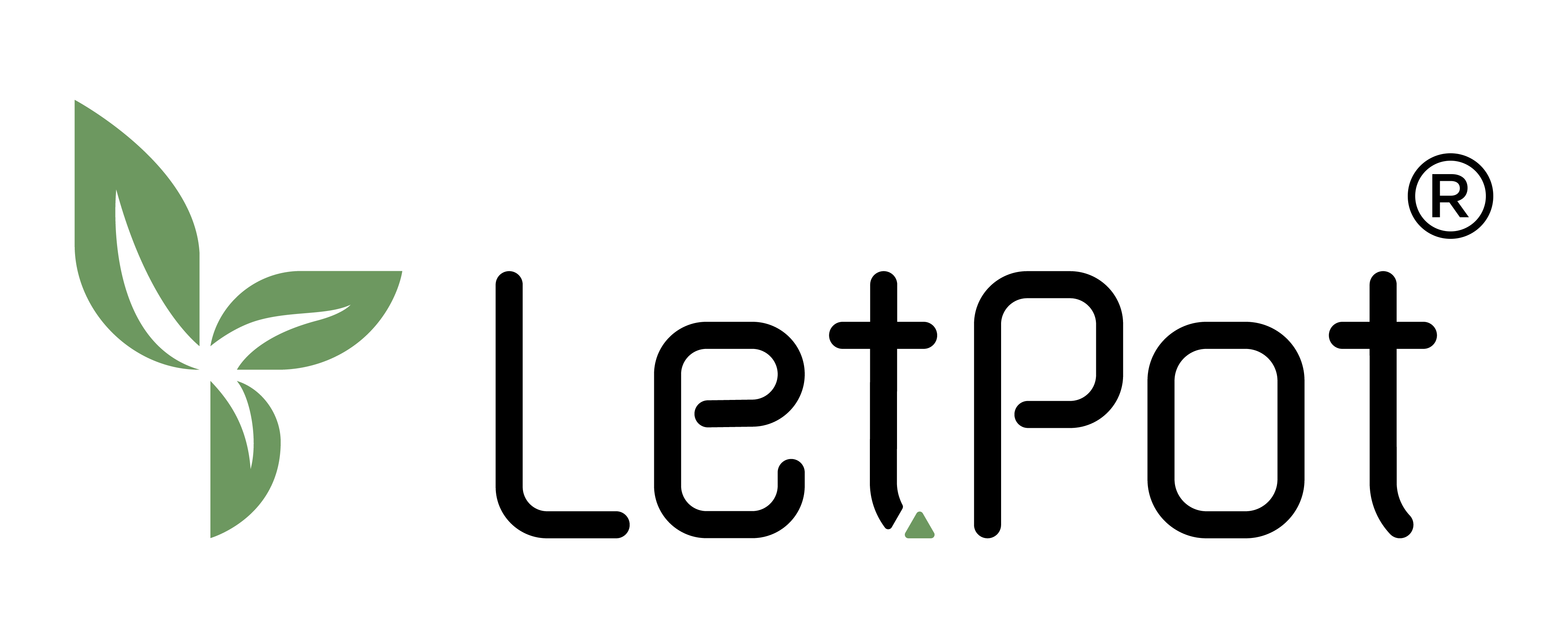

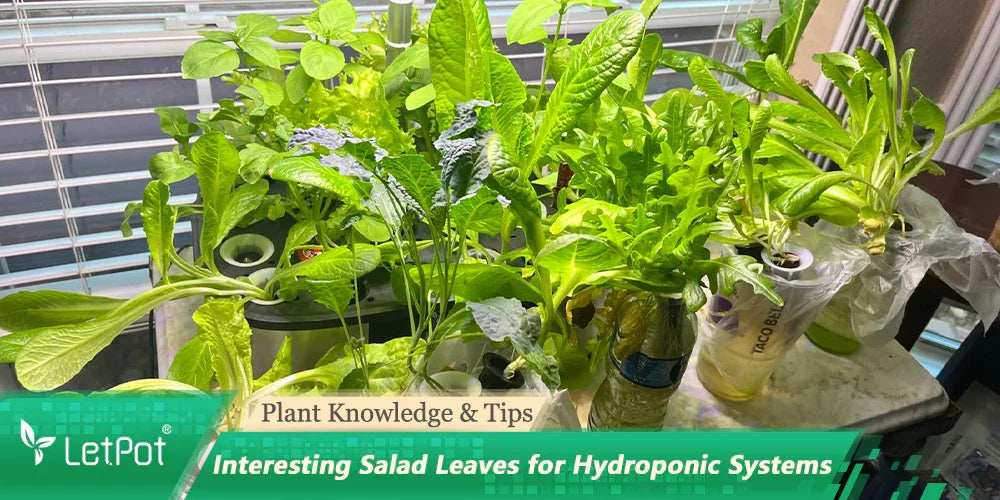
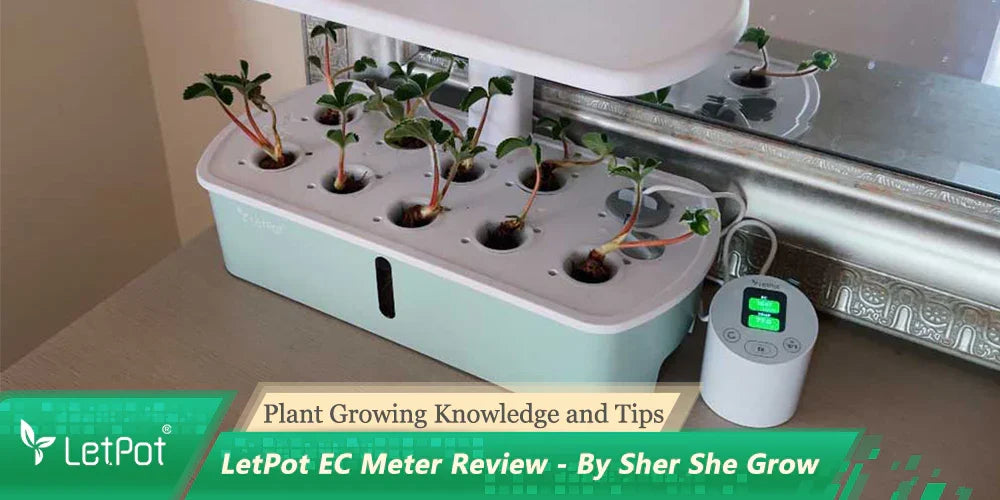
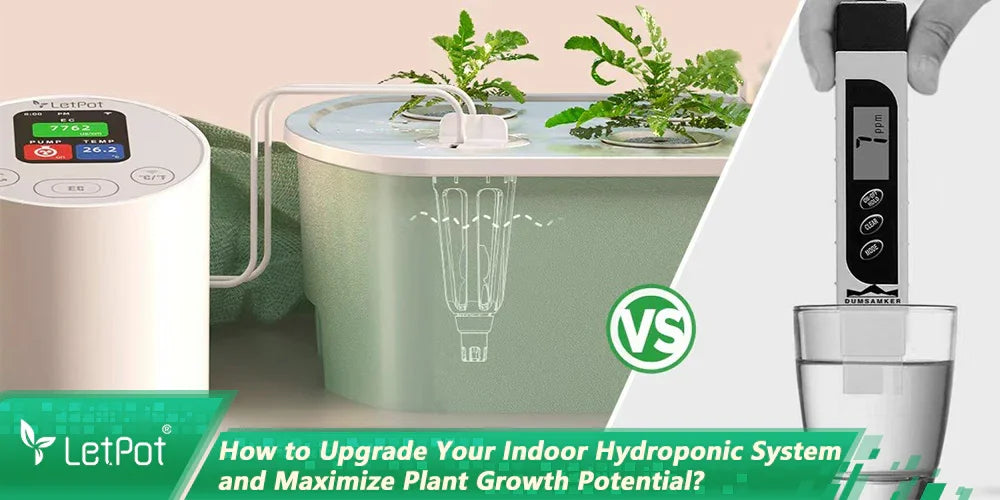
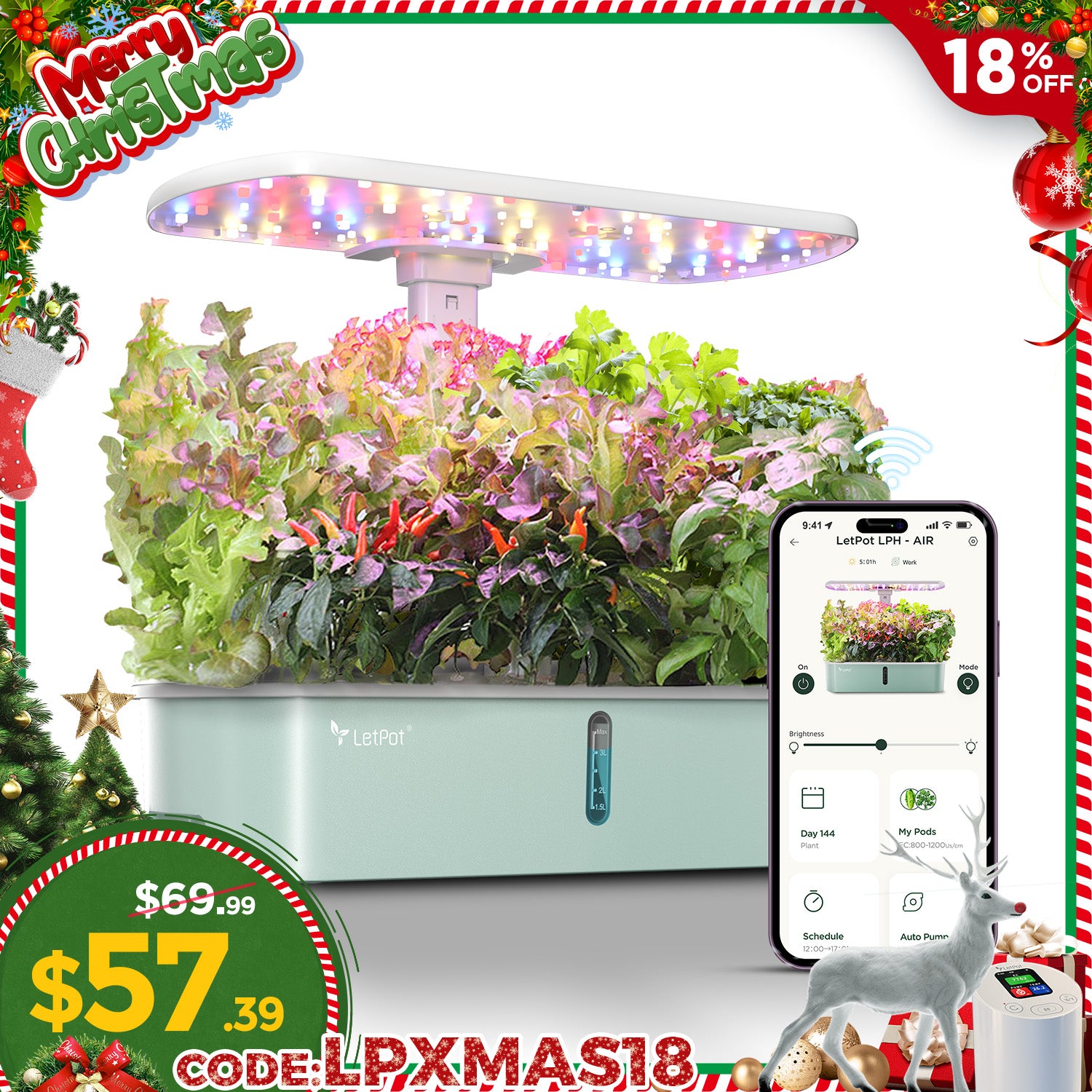

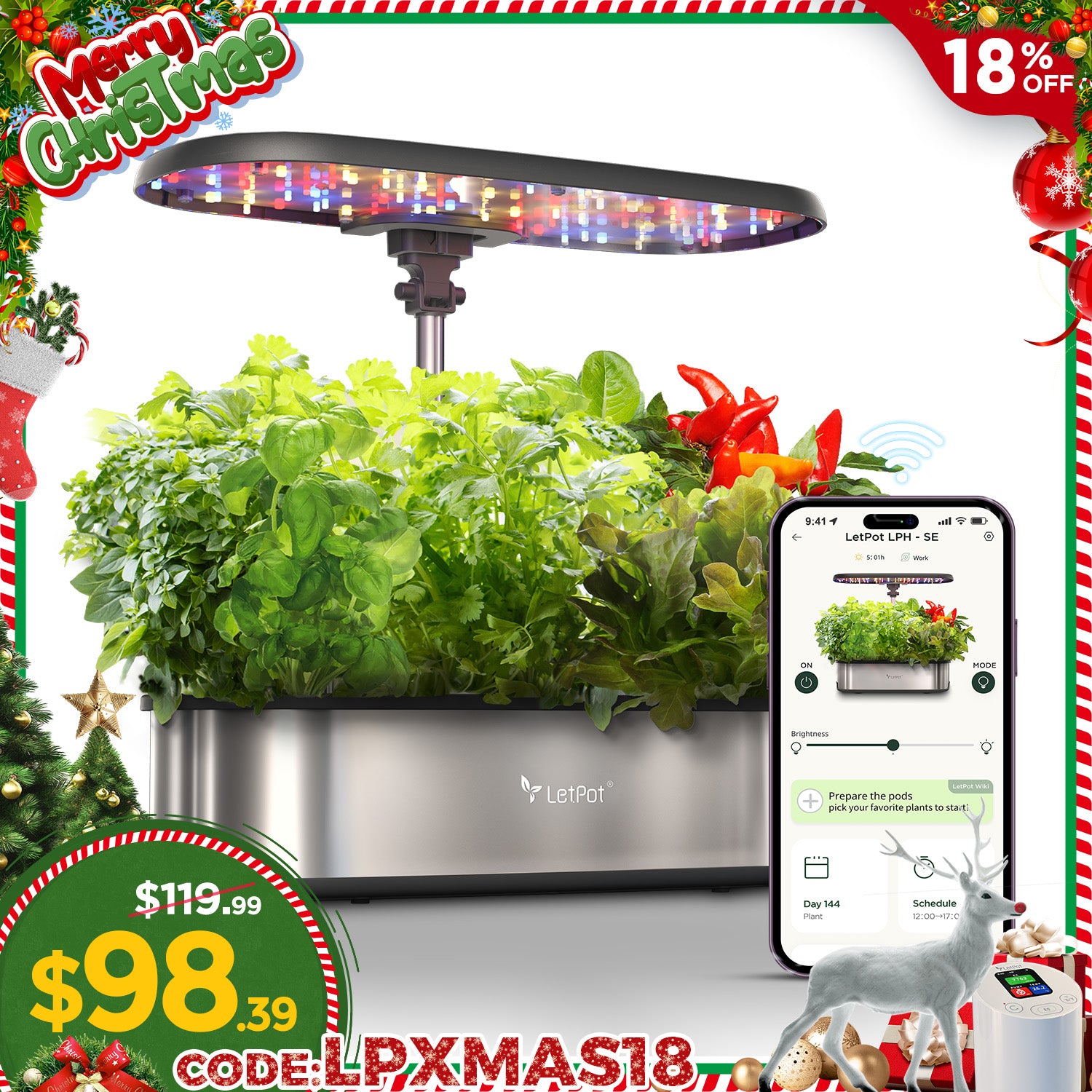
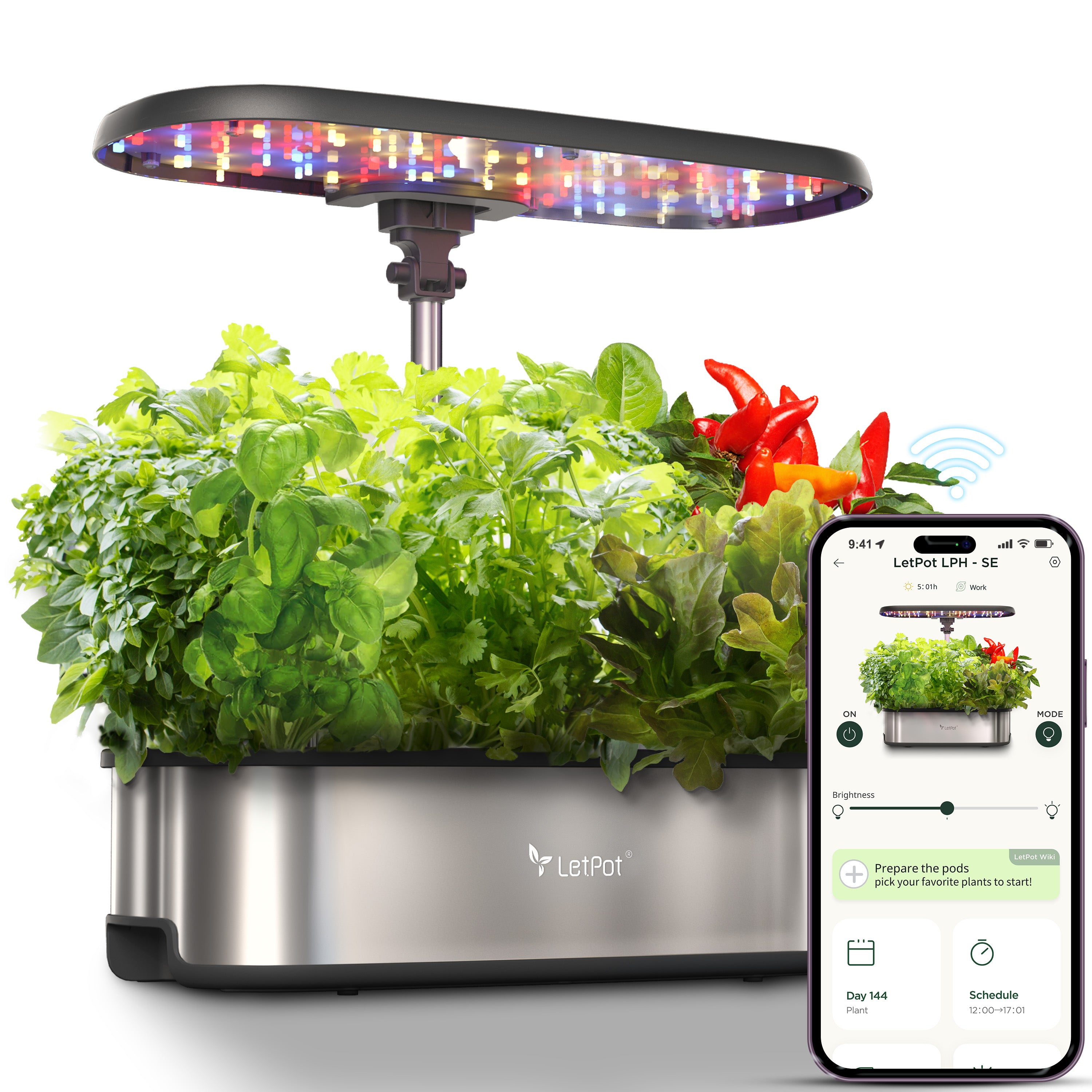

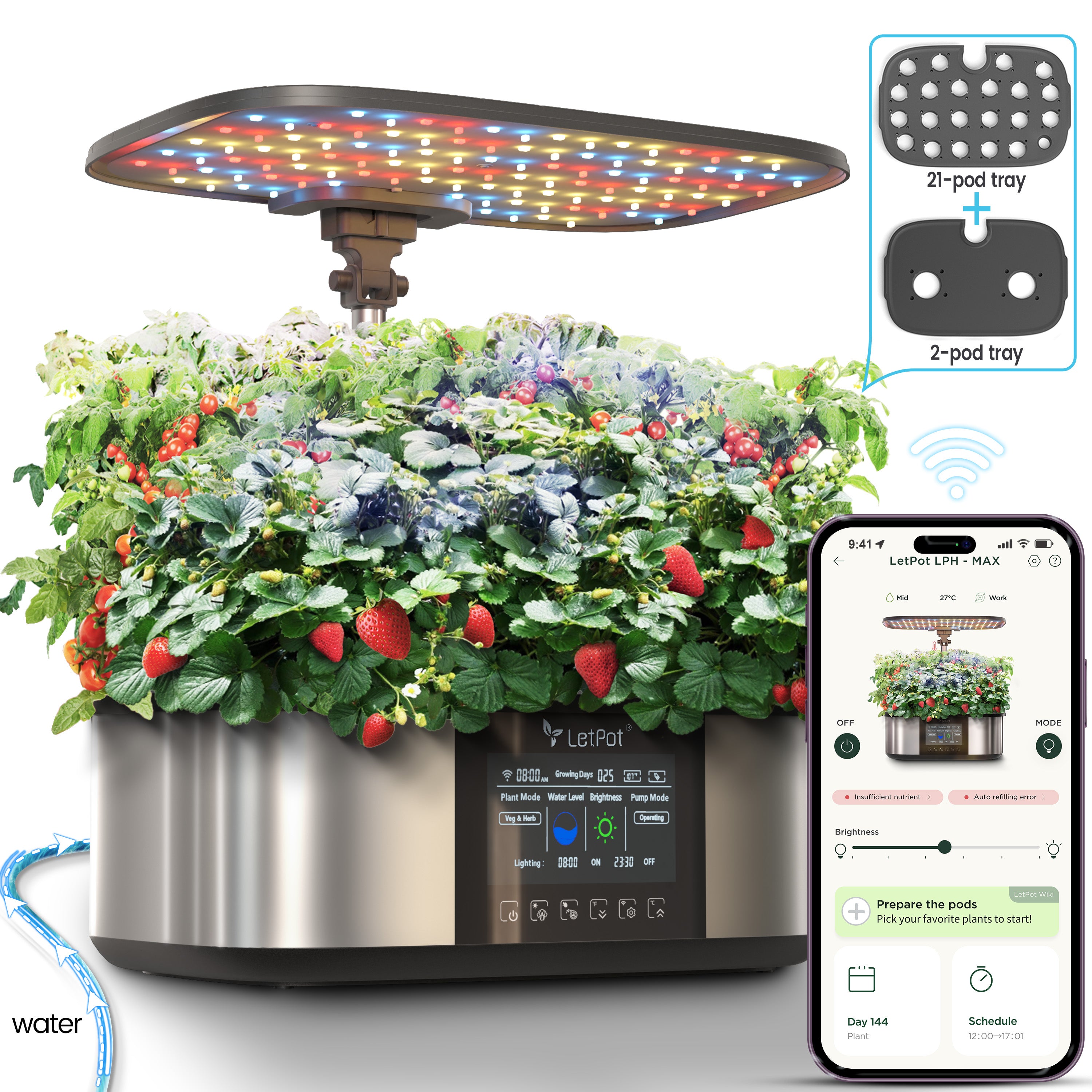
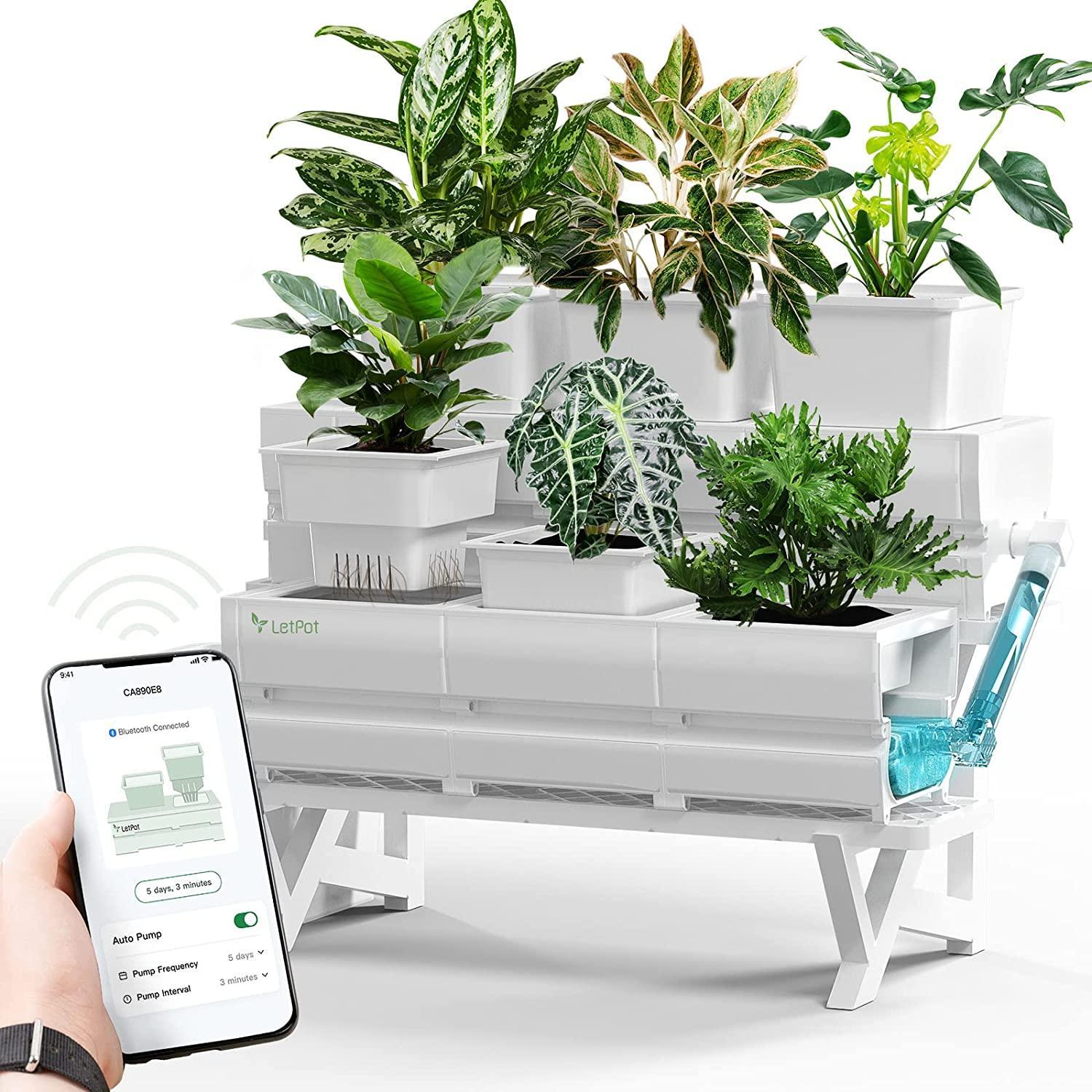
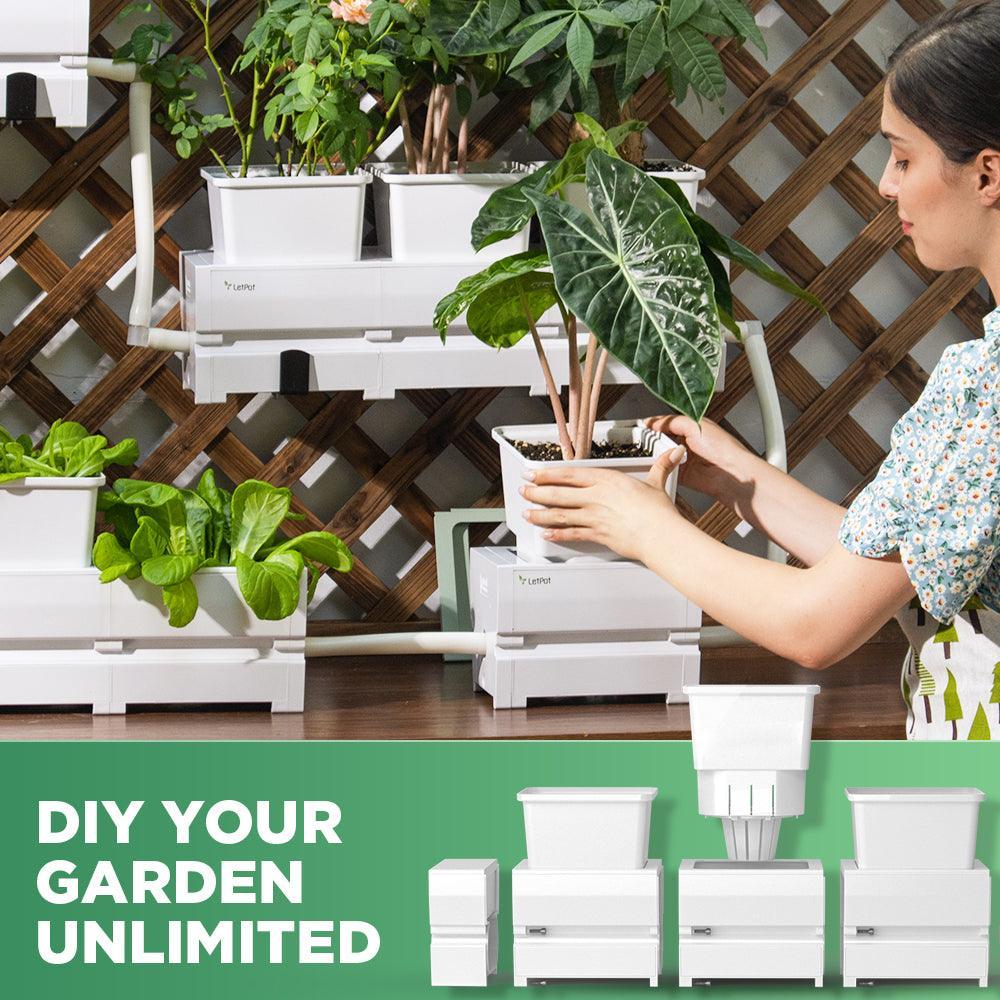
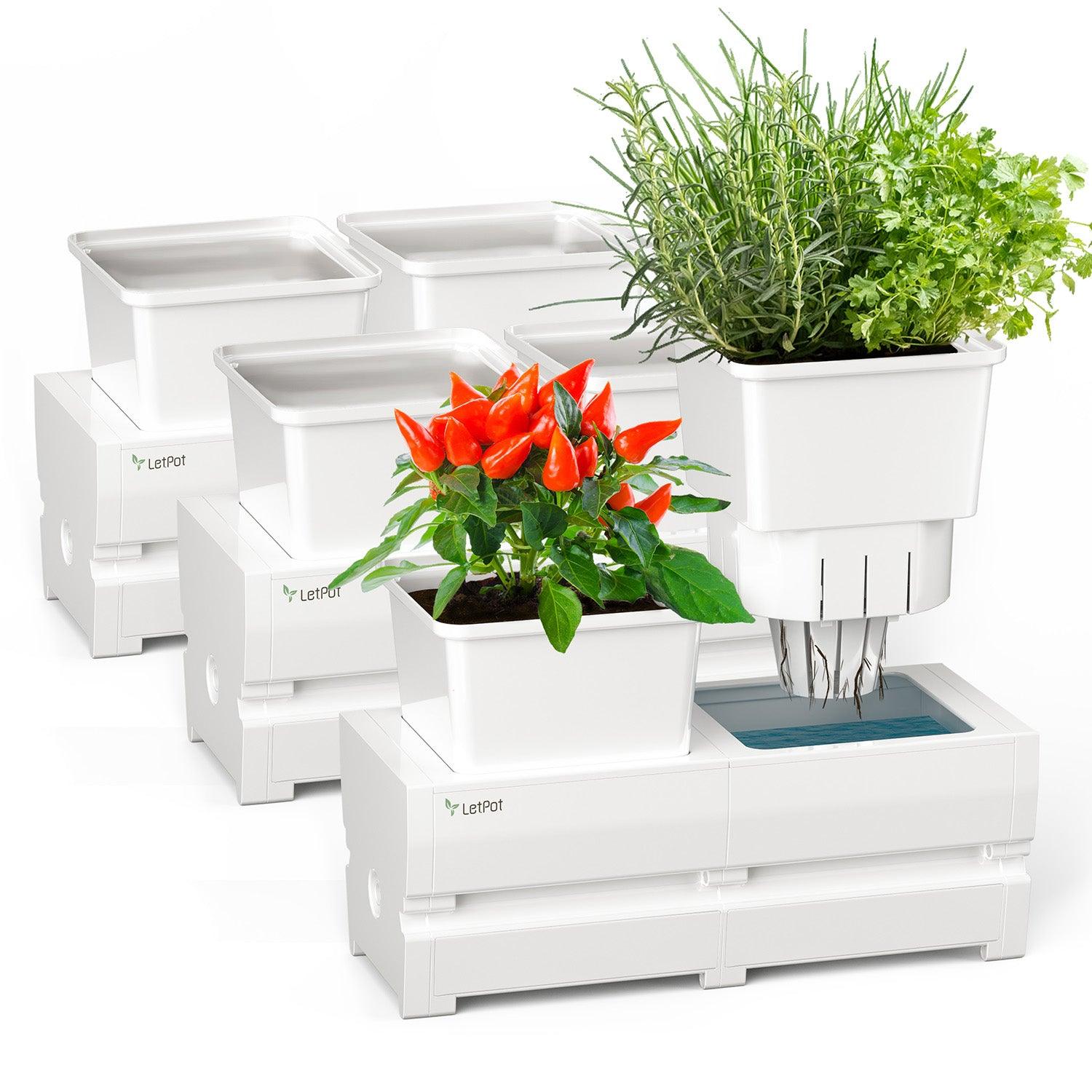
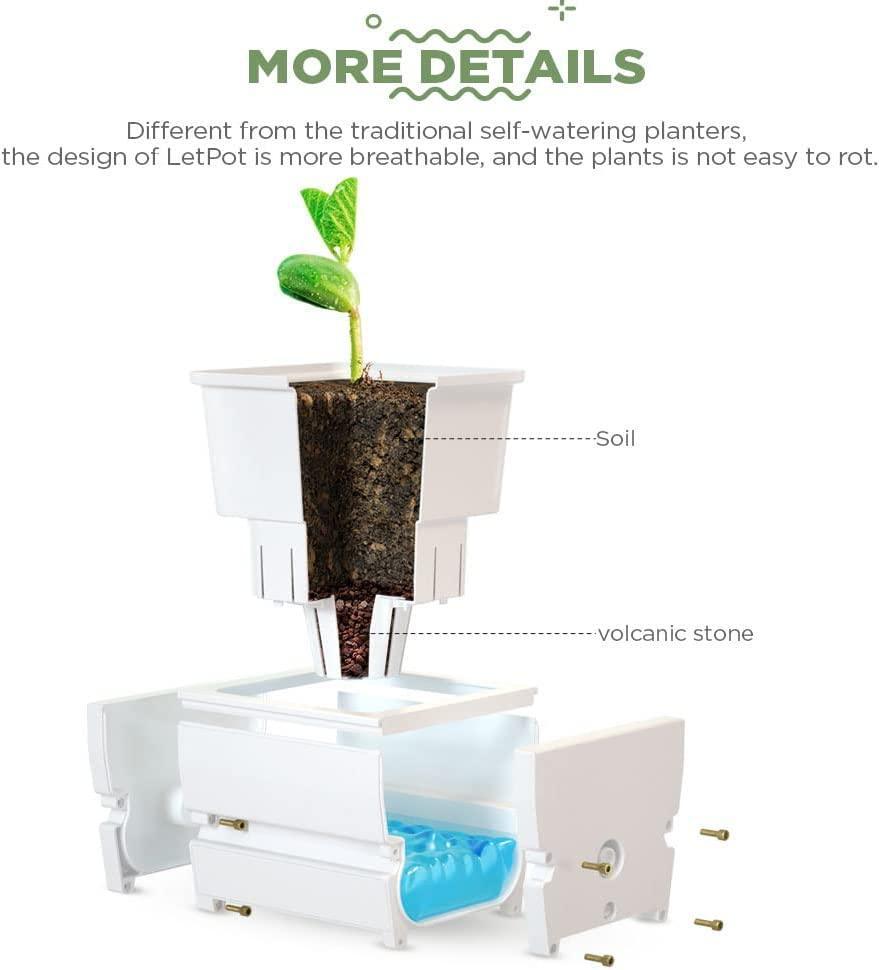

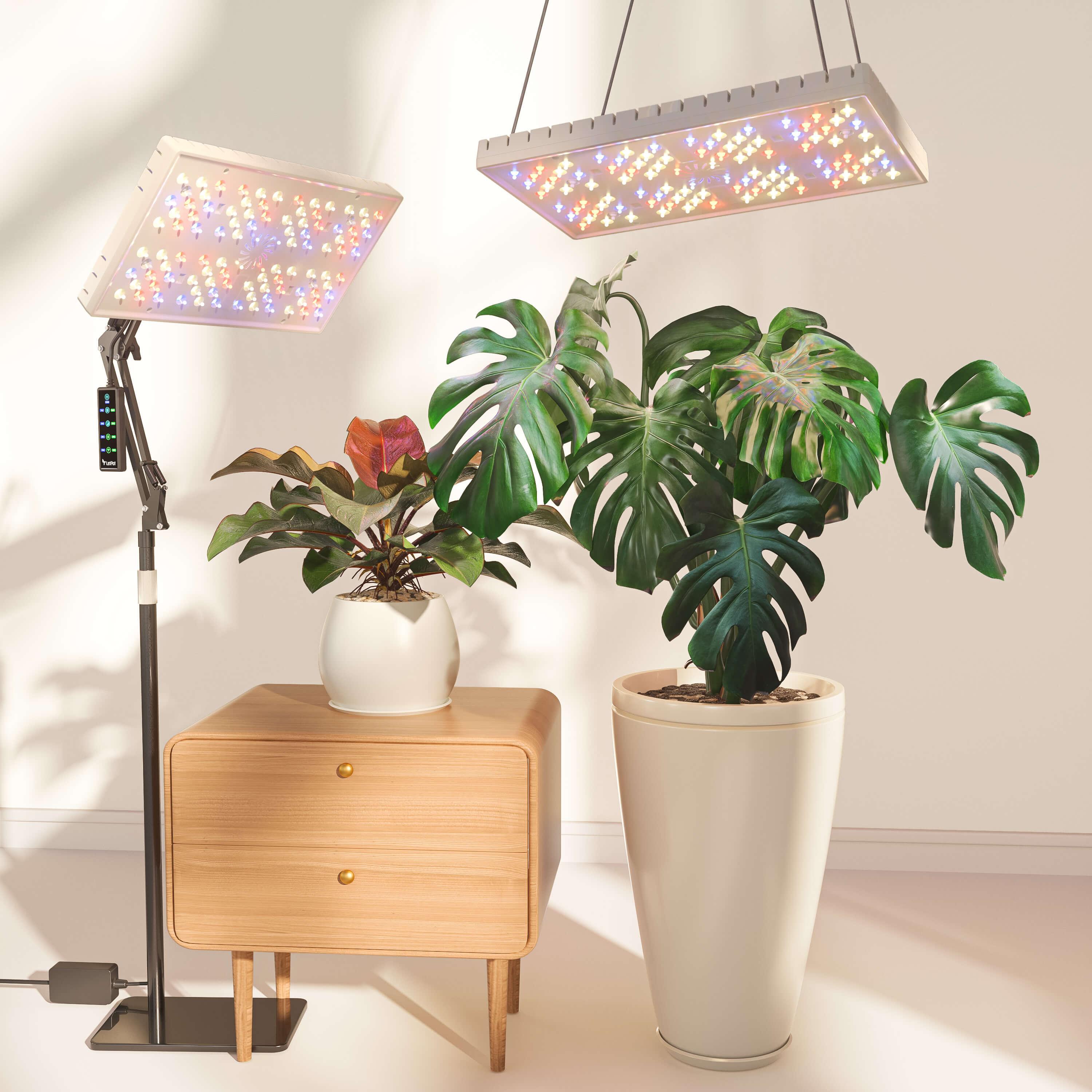

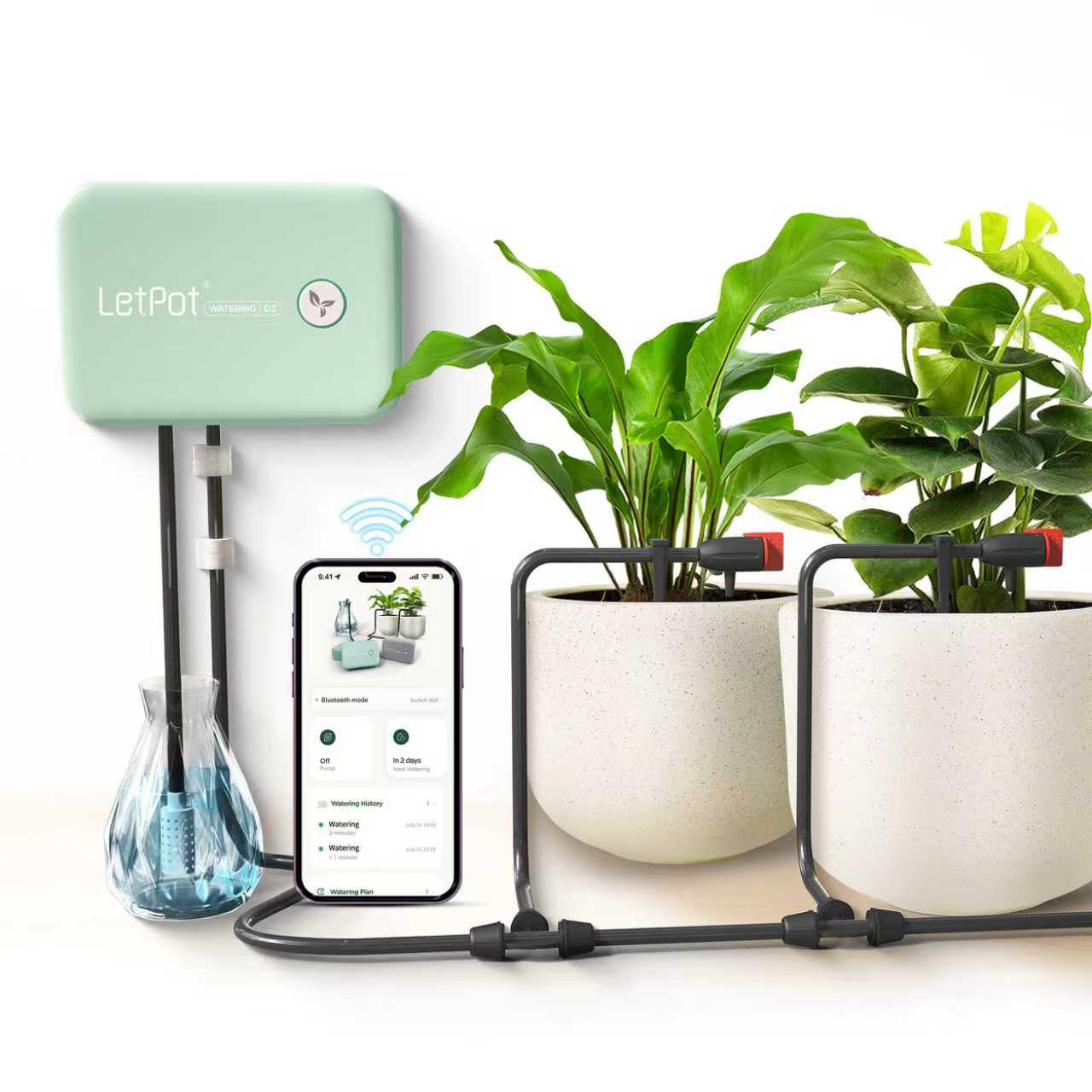
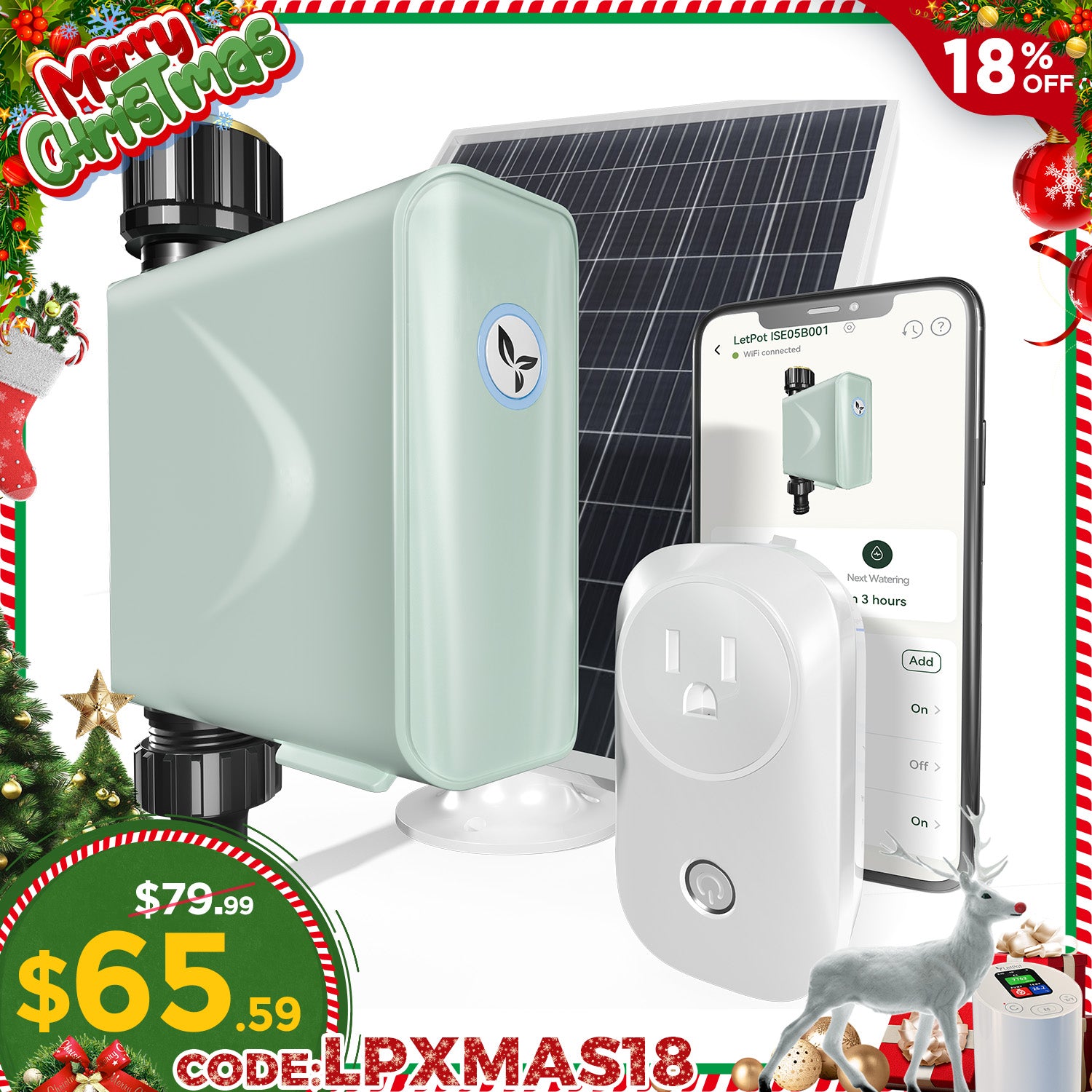
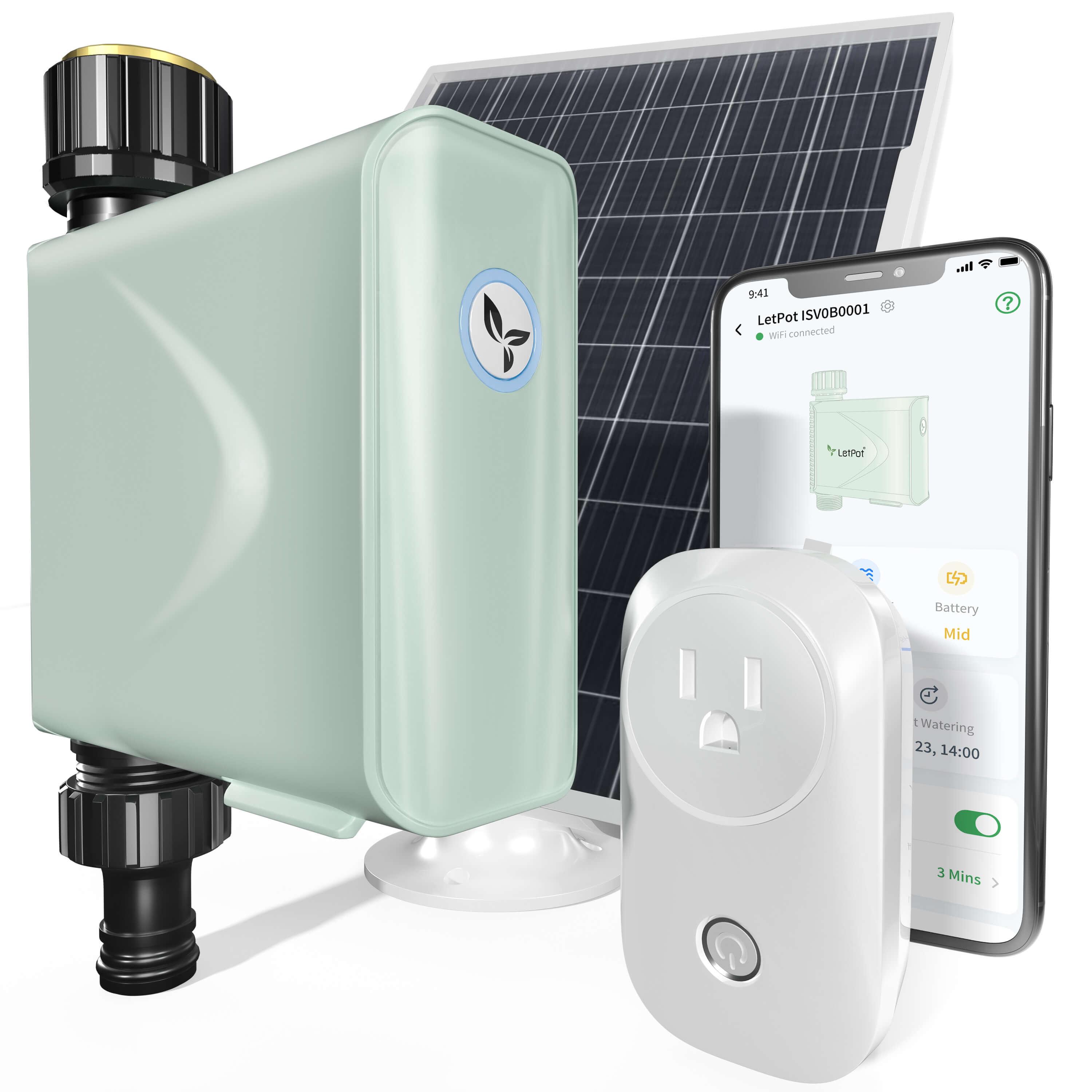

Leave a comment
All comments are moderated before being published.
This site is protected by hCaptcha and the hCaptcha Privacy Policy and Terms of Service apply.